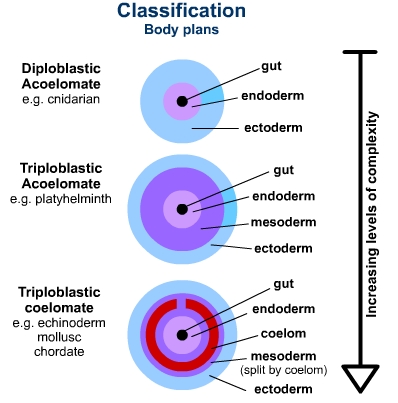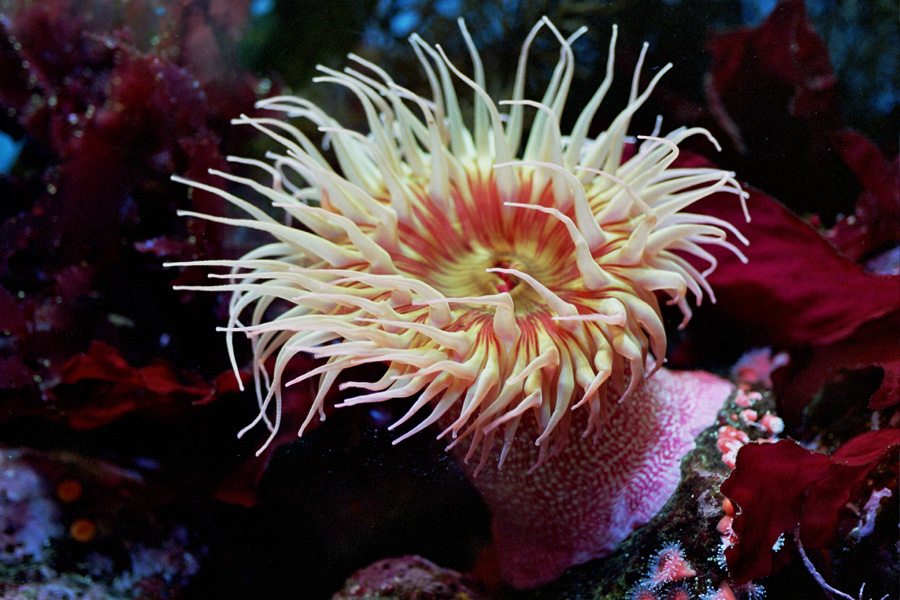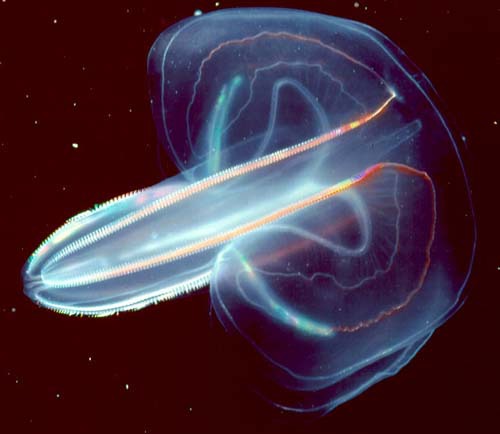Difference between Diploblastic and Triploblastic

Diploblastic and Triploblastic are two different terms used to define the blastula stage of organisms. Diploblastic organisms have two primary germ layers while Triploblastic organisms have three germ layers in the blastula. These two stages talk about primary germ layers while two other layers are also present in the blastula stage of organisms including ectoderm, mesoderm and endoderm. Cnidarians and Ctenophores are primary examples of Diploblastic animals whereas molluscs, worms, echinoderms and arthropods are Triploblastic. Many scientists feel that Diploblastic animals gave rise to Triploblastic animals millions of years ago through the process of evolution.
Instructions
-
1
Diploblastic
Diploblastic organisms have two primary germ layers in the blastula. These primary germ layers are called endoderm and ectoderm. The layer that gives rise to inner body tissues is endoderm. Associated with the gut and glands, this layer works different other tasks of the inner body as well. The outer layer that is called ectoderm is more suitable to cover tissues. Like epidermis and some other tissues also covered by ectoderm. For example, Cnidaria and Ctenophora animals belong to this group. Corals and sea pens come under Cnidarians. These little animals also called primitive metazoans. These primitive metazoans are very essential for body tissues but since they lack body cavities, they are called true and simple organisms. Unlike Triploblastic, in Diploblastic animals, mesoglea is found in between ectoderm and endoderm. Diploblastic animals were very early species on this planet and this evolution results in Triploblastic animals.
- Image Courtesy: quizlet.com

-
2
Triploblastic
Triploblastic organisms have three germ layers that are located in the blastula. Ectoderm, mesoderm and endoderm are three germ layers in blastula. These types of animals have usually advanced metazoans. Triploblastic basically gives rise to sensory organs. Not only just sensory organs, but it also gives rise to parts of the nervous system. Different types of muscles, epithelial lining of interior cavities, connective tissues, blood vessels, certain excretory organs and skeletal elements are the main forms of mesoderm. On the other hand, parts of endocrine glands, gastrointestinal tracts, respiratory tract, organs and auditory system are attached with the endoderm. All parts receive some kind of energy from the endoderm and efficiently do various tasks in the body. Triploblastic animals are more complex structures than Diploblastic animals.
- Image Courtesy: mcqbiology.com








